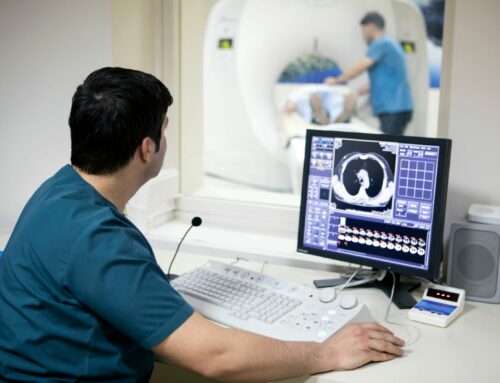By Vijayashree Natarajan, Senior Vice President – Head of Technology with Omega Healthcare
Every day, several exabytes (1 exabyte = 1 billion GB) of data are generated around the world, and healthcare information accounts for a considerable proportion of this. About 33% of the US healthcare sector is on digitized healthcare record applications – a trend that is expected to grow at a rate of 19%. A deluge of information vis-a-vis electronic medical and health records, utilized by disparate billing systems, throws up multiple challenges, including charge capture problems, data consolidation, manual data errors, and many more. This flood of medical data that is processed in coding, billing, and payment transactions demands an advanced system of management.
The most efficient approach to tackling this problem is the introduction of Big Data analytics. With its innovative contribution to decision-making and strategic development, this technology has the potential to bring data-driven transformation to the healthcare sector.
Holistic RCM Strategy and Data Analytics
The healthcare journey of any patient is subject to a complex cycle involving multiple processes, often managed by disparate systems. The pandemic and rapid advent of technology last year have made health systems recognize the need for a more hands-on holistic approach to manage their revenue cycles. A cohesive view with current information is essential to provide the right care and process payments efficiently. Coupled with powerful analytical tools, a holistic and agile RCM strategy can deliver significant real-time insights.
With the right IT infrastructure, analytic tools, workflow solutions & visualization approaches, and interfaces, the insights provided by Big Data and the associated impact on the healthcare industry will be enormous. By harnessing the data from disparate sources into a unified database, Big Data analytical solutions can examine the variances within RCM processes and facilitate automation of workflow processes. This can streamline the billing and collection cycles, track payment trends, ensure compliance, and resolve denials efficiently. This will help the sector gain smarter insights and thereby offer more accurate and efficient revenue predictions.
The Role of Big Data
Every area in the revenue cycle can benefit from Big Data analytics, from insurance to billing, coding, revenue reimbursement, claims processing and beyond. For example, Big Data can help:
- Reduce claim denials and automate claims approvals – Denied claims are one of the top areas of revenue leakage for RCM teams. Most hospitals deal with denial rates of between 1.38% and 5.07% of claims on first submission, and the rate of denials has been increasing for the past few years. Automation can be used to analyze the chances of a claim being rejected and the reasons for the probable rejection in minutes, flagging the claim from being processed further and avoiding the delays involved in managing denials under the traditional reactive process.
- Streamline billing and collection cycles – Managing revenue cycle services from multiple providers can prove complicated. Each vendor uses different methodologies, touchpoints, interfaces and data types. Big Data enables hospitals to directly extract data from each vendor rather than using what the vendor provides. This in turn makes it possible to evaluate the performance of each vendor and use that analysis to take steps to optimize collection times and billing processes.
- Elevate staff productivity – The ability of workflow analytics to highlight ineffective or broken processes can help improve staff efficiency by creating opportunities for targeted training or process optimization. If any department experiences errors, they can evaluate the workflow and proactively implement measures to mitigate future instances. Big Data can also help automate mundane activities and use the saved time to perform more analytical work. Analytics and reporting toolsets can help organizations set productivity monitoring standards, monitor past and current performances of the staff, and set goals accordingly.
- Increase treatment accuracy and reduce errors – Big Data also can play a role in improving patient diagnosis, treatment, and prediction of health risks to develop a long-term healthcare plan. The ability to identify patterns will help advance precision medicine, improve disease management and more.
- Enhance the patient experience – The combination of the push for seamless EHR and EMR sharing of patient information across healthcare systems and geographies, the rise of telemedicine, and the growth of healthcare IoT has led to the emergence of a new paradigm called health informatics. This enhanced knowledge, analysis and sharing of information – driven by Big Data, cloud computing and analytics – can lead to better collaboration and coordination among healthcare providers and better patient outcomes.
In a world where healthcare data is expected to double every 73 days, Big Data undoubtedly will be the primary driver of the healthcare of tomorrow. Patient-oriented care has garnered a higher priority, especially in these pandemic times. The implications of Big Data can even be life-saving, providing timely, invaluable insights that could help avert irovercome epidemics, discover new cures, and optimize costs for everyone in the healthcare ecosystem.
Healthcare is evolving to be a competitive industry, and especially now, with the shift towards consumerism, data analytics will be key to a profitable revenue cycle management process. Higher levels of patient satisfaction and employee engagement are certainly the other key factors that will define an organization’s success in a dynamically evolving marketplace.











